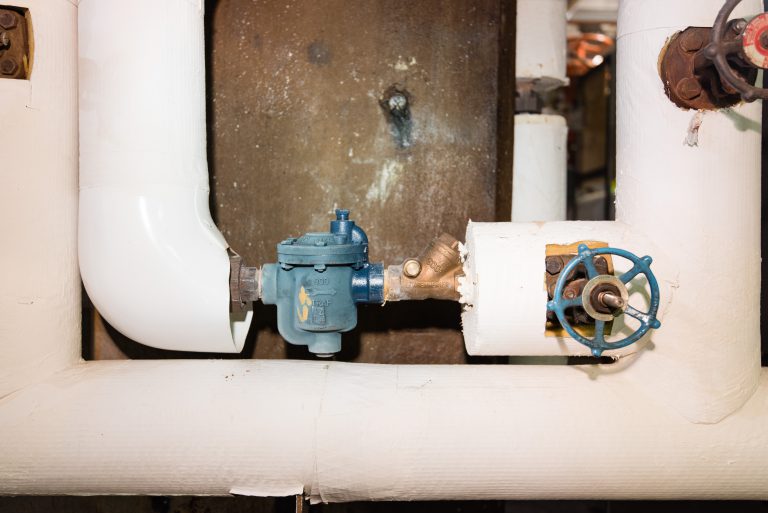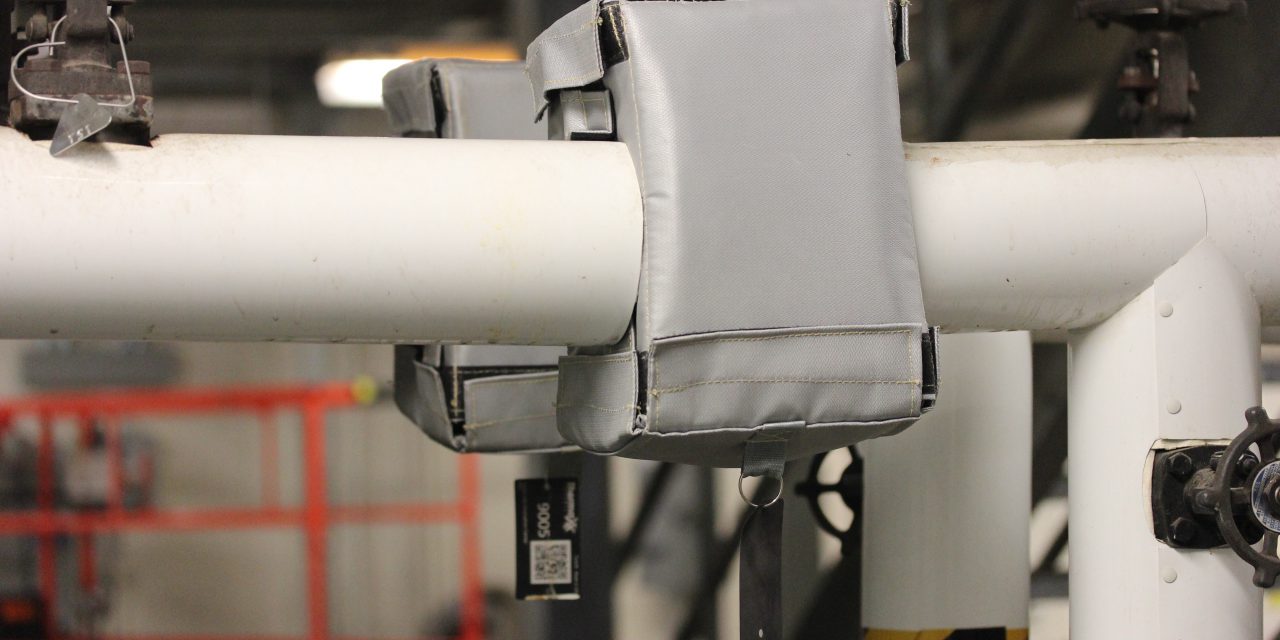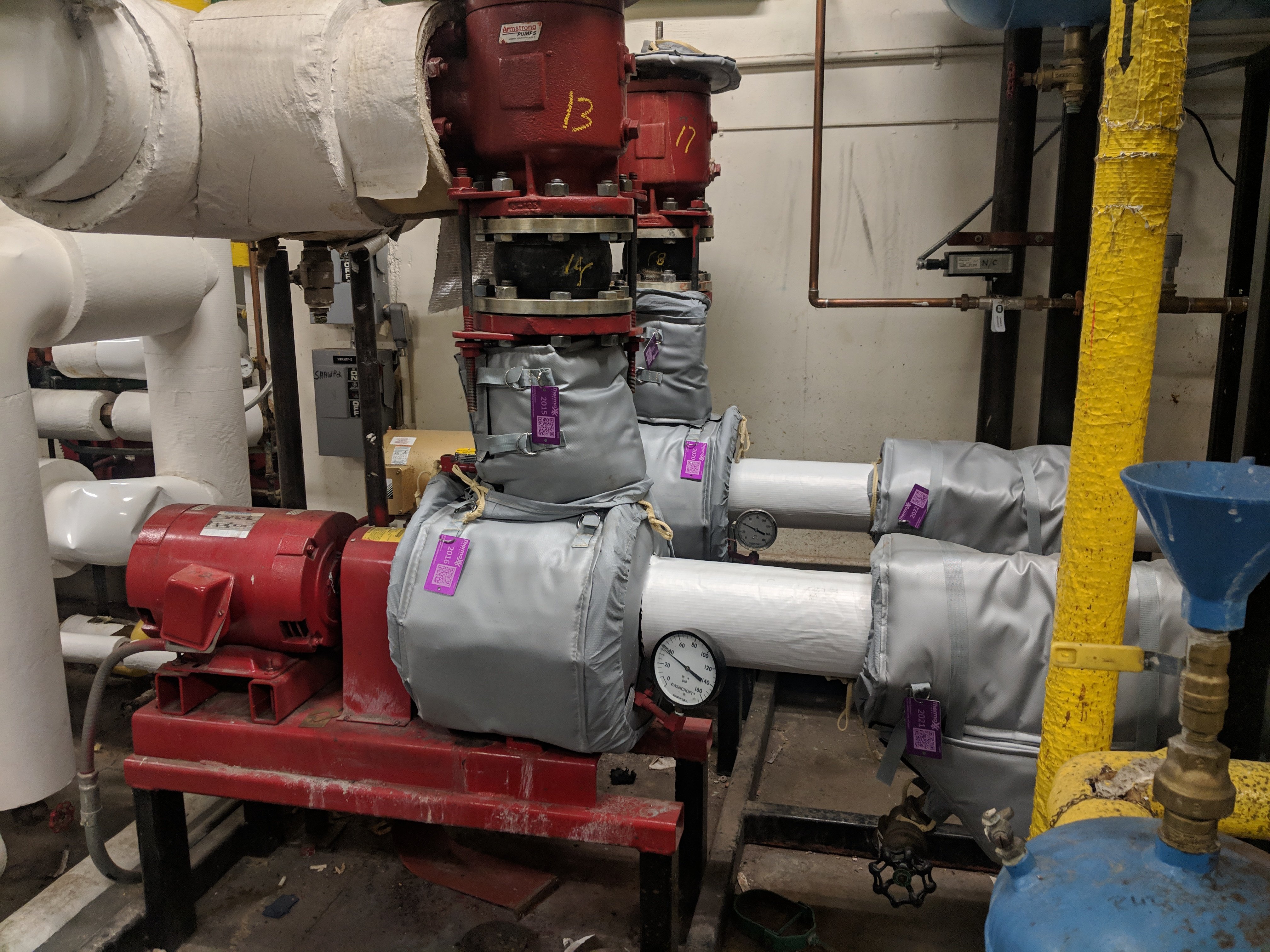Which Steam Traps Should Be Monitored?
Analyzing Maintenance Approaches
Steam traps play an essential role in steam systems and must be routinely maintained to minimize energy losses, system damage, and personnel risks. In our white paper, we conducted a detailed analysis of the overall cost per trap associated with various maintenance approaches over a 12 year period and compared them with the losses of an unmaintained system to help determine the most cost effective approach for low, medium, and high pressure applications.
We compared maintenance programs ranging from “do nothing” to periodic system-wide steam trap replacements (1, 3,or 6 years), and periodic inspections (Monthly, Bi-Monthly, and Annually), to electronic monitoring. We took into account expected failure rates over time (extracted from the Department of Energy’s SSAT tool) and costs associated with steam loss, installation/repair, inspection, and monitoring and mapped those out over time for different maintenance programs, system pressures, and MMBtu costs.
The white paper goes into much more detail and we encourage you to read it if you’re interested in the references or methodology or would just like to dive into more detail. Here we’ve summarized the findings with some handy lookup tables based on common scenarios.
Choosing the Most Cost Effective Maintenance Program
| $5/MMBtu | $10/MMBtu | $18/MMBtu | $25/MMBtu | |
| Low Pressure (10 psig) | Do Nothing | Replace Every 6 Years | Replace Every 6 Years | Replace Every 3 Years |
| Medium Pressure (100 psig) | Replace Every 6 Years | Replace Every 3 Years | Monitor | Monitor |
| High Pressure (200 psig) | Replace Every 3 Years | Monitor | Monitor | Monitor |
| Critical to Uptime or Process | Monitor | Monitor | Monitor | Monitor |
| Difficult to Access | Monitor | Monitor | Monitor | Monitor |
Steam traps themselves are relatively inexpensive, around $150-$300 to replace; however, a high-pressure trap that fails open can blow through $300 in lost steam in just hours. The cost of lost steam is primarily what drives the results, so it should not come as a surprise that monitoring makes the most sense for high-pressure systems in environments with all but the lowest energy costs. The same is true for medium pressure systems when energy costs exceed $10/MMBtu. Steam loss in low pressure systems does not have the same financial impact, so in most cases it makes sense to replace traps every 3 or 6 years (most traps are designed with a 5 year lifespan).
When Periodic Replacement is not Feasible
| $5/MMBtu | $10/MMBtu | $18/MMbtu | $25/MMBtu | |
| Low Pressure (10 psig) | Do Nothing | Inspect Annually | Inspect Annually | Inspect Annually |
| Medium Pressure (100 psig) | Inspect Annually | Monitor | Monitor | Monitor |
| High Pressure (200 psig) | Monitor | Monitor | Monitor | Monitor |
| Critical to Uptime or Process | Monitor | Monitor | Monitor | Monitor |
| Difficult to Access | Monitor | Monitor | Monitor | Monitor |
Complete 3 or 6 year replacement programs may be not feasible in a lot of environments, so the following table presents the second-best option for a replacement program. For high and medium pressure, this is typically monitoring, and for low pressure it is typically an annual inspection.
Many of our clients install Smart Jackets on their critical, difficult-to-access, and high-pressure steam traps and conduct annual inspections on the remainder of their system. This is a solid, cost-effective joint approach that keeps failure rates to a minimum and prevents unplanned disruptions.
When it makes sense to inspect annually, in lieu of monitoring, steam users can purchase steam trap inspection equipment or contract a steam trap survey company.
Insulation Savings
The white paper referenced here focuses only on steam trap monitoring functionality in order to provide a fair, direct comparison with replacement and inspection programs. Insulation is a core component of the SmartJacket (the monitoring system offered by Thermaxx), making it far more than just a steam trap monitor. In addition to reporting on steam trap health the SmartJacket saves energy and tells you exactly how much, in real time.
Learn More: Request an Analysis of your Facility
Please contact us if you would like to conduct a similar analysis tailored to your facility (based on pressures, efficiency, operating hours, energy costs, and labor rates specific to your operation).
For additional details, cost breakdowns, and a thorough explanation of the calculations supporting these conclusions, download a copy of “Steam Trap Inspections vs. Monitoring: Comparing Preventative and Predictive Maintenance Approaches”.

Philip J. Johns - Product Technology Manager of Thermaxx
Philip J. Johns (P.J) is focused on bringing technological transformation to the world of insulation, alongside a world-class product and compelling Return-On-Investment for customers and the environment. Philip started his career in the Fiat Group’s management fast-track program and spent several years abroad working in automotive product development and manufacturing in roles with Fiat Auto, Alfa Romeo, and Case New Holland. After completing his MBA he went to work for RedZone Robotics where he developed an insatiable taste for entrepreneurship and met his current business partners. Philip holds a B.S. in Mechanical Engineering and an MBA with concentrations in Marketing and Managing Innovation & Product Development from Carnegie Mellon University.
Categories
- removable insulation
- thermaxx jackets
- energy savings
- savings
- energy efficiency
- safety
- pipe insulation
- energy
- case study
- insulation materials
- thermal insulation
- heat loss survey
- heat loss
- energy loss
- hot insulation
- fiberglass
- installation
- steam
- New York
- custom insulation
- NYC Case Study
- boiler
- university
- Connecticut
- reusable insulation






